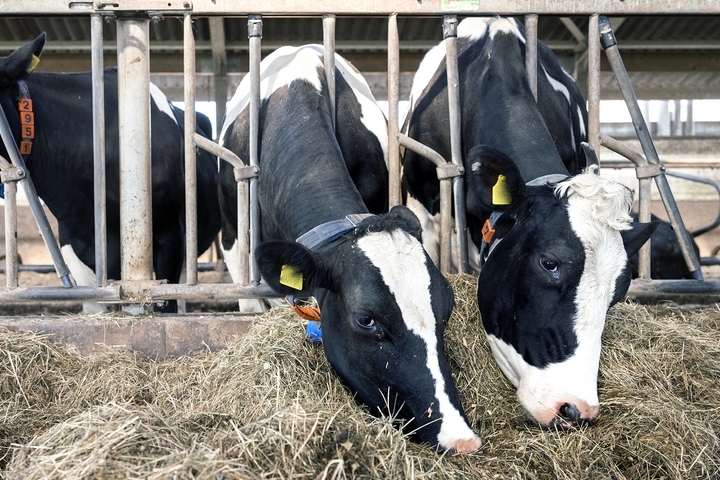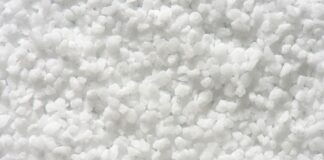Any new cattle farmer searching for ways to care for cattle, fortunately, only comes down to a few basics and not much more. Cattle are a type of livestock that are easy to care for, so long as they have sanitary housing, high-quality pasture, nutritious food, and sun exposure. By getting these four components of cattle care just right, you stand to have some very happy cows.
Here are the details involved in how to care for cattle.
1. Have Waterproof Shelter

Have a dry, draft-free cattle shelter for your cattle to reside in. The design does not need to be overly elaborate.
2. Prioritize Barn Ventilation
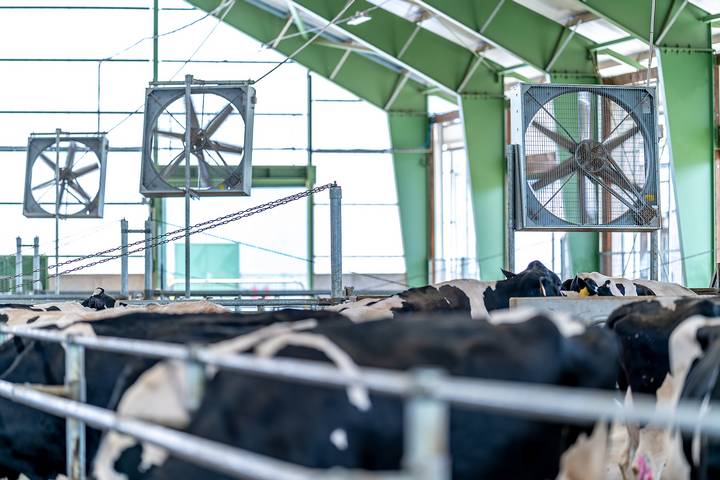
An enclosed barn can cause temperatures to rise during hot months. Have barn fans to cycle air through and keep your cattle comfortable. Ensure the barn is well-ventilated to remove humidity from urine, manure, and body moisture.
If there is not enough ventilation, it can cause pneumonia in cattle and mould to form inside the structure.
3. 3.5 Square Metres for Every Cow
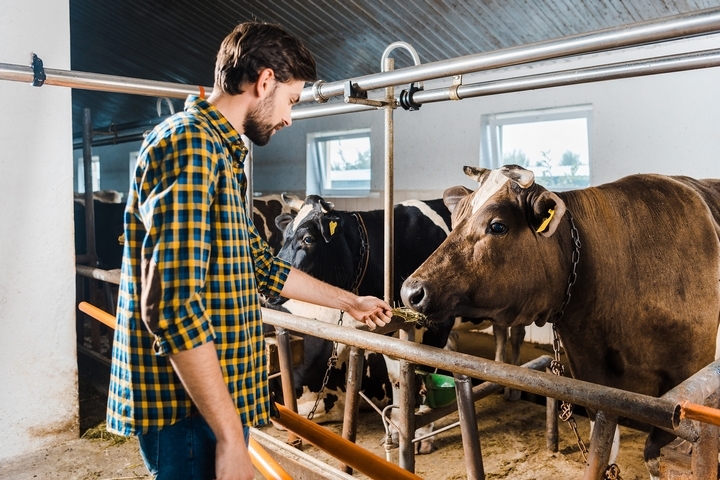
Plan for a minimum of 3.5m for each cattle. Ensure they have dry bedding, typically made from straw or wood chips. Remove any damp, soiled straw daily and add new bedding every time. Hard surfaces like concrete are not what you want cows standing on, so ensure there is some soft ground for them to always enjoy.
4. Ensure They Have Enough Water
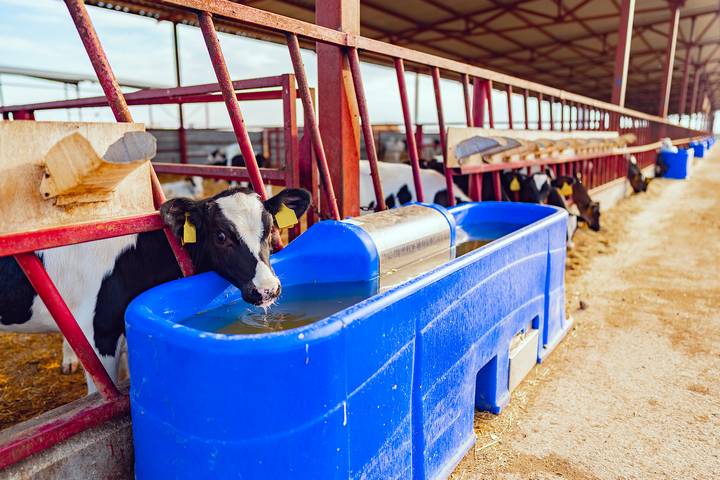
Cattle require fresh, clean water at all times. It must be available to them and at the ready. A mature cow consumes 30-70 litres of water per day. A cattle waterer or container has to be large enough to hold an immense quantity or have an automated refill setup.
5. Salt Blocks and Trace Minerals For Peak Health
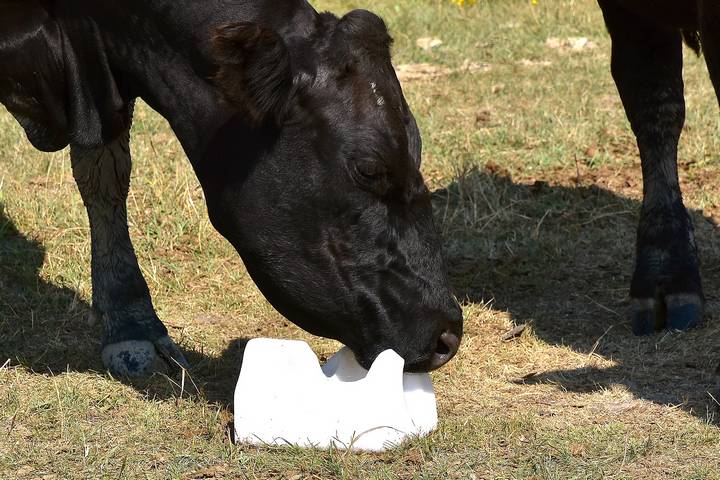
Cattle should have salt and mineral licks available to them as well. Salt blocks and holders can be purchased at any feed store. Trace mineral blocks also may be advised to purchase, depending on the quality of your soil. A local farmer in your area is the best person to ask if you want to know whether additional trace minerals are needed.
6. Provide Them with Quality Feed Daily
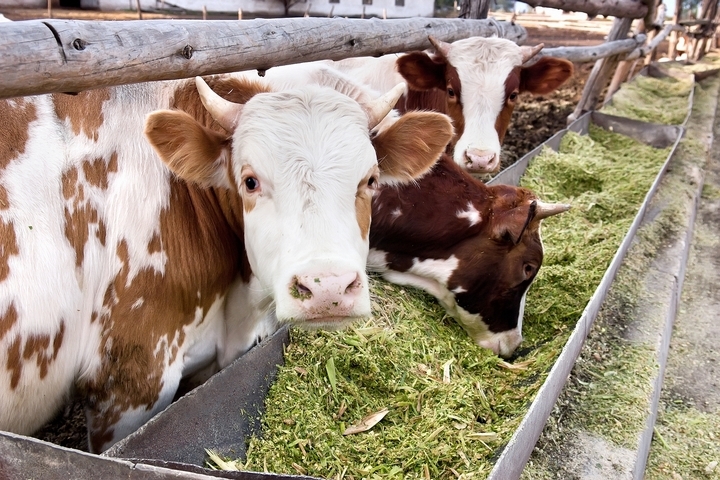
Adult cattle eat up to 4% of their weight in grass-type hay daily. This is what to feed them. Use a hay feeder to minimize hay waste, and place it under cover to avoid getting it wet. By comparison, grain is very high in energy and fat and is not what cattle were raised to consume.
Pasture should be the bulk of a cow’s diet at the times of year when it is available. When putting this together, always inspect the land for poisonous plants.
7. Avoid Cornering or Trapping Cattle
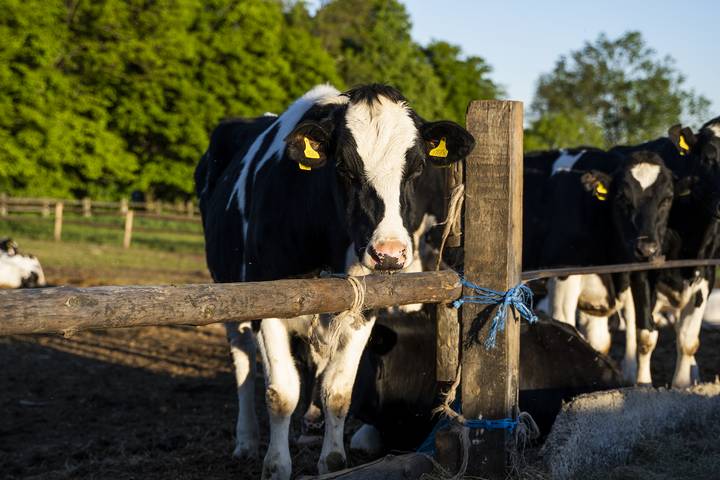
Cattle are not aggressive. However, if they feel cornered or trapped, they are strong and can injure you by throwing their head or kicking. A frightened animal may also run at you into the wall. For this reason, always be aware of your surroundings around cattle.
8. Brush Your Cattle Regularly
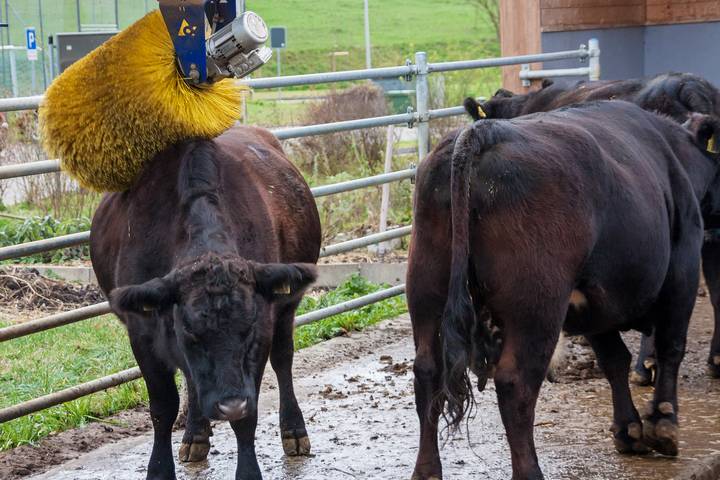
When you brush your cattle and run your hands over their bodies and legs regularly, you train them to be calm while being handled. They get to know it’s safe. This means you reduce stress for them when/if handling is ever necessary and can avoid aggression from them or fear-based responses in the future.
9. Permanent Fencing for Cows
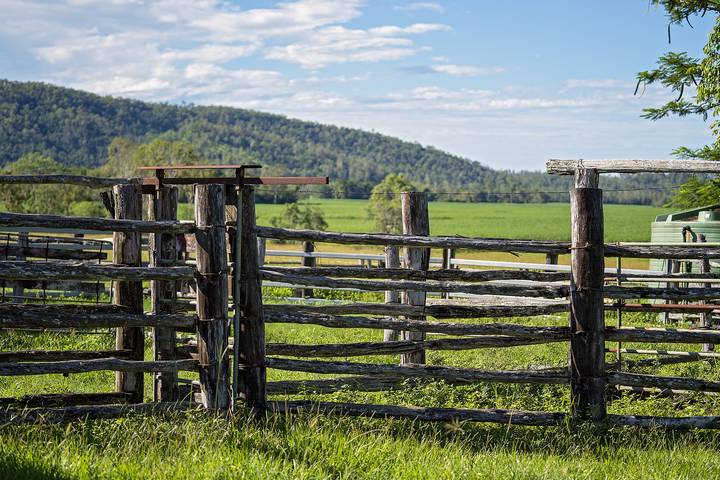
Fencing for cows should be roughly 1.2 metres high and secured to a post every 3 meters. Single-strand electrical fencing is appropriate so long as the cattle are trained and respectful of the wire. It is best to train cattle when they are young and, most importantly, to avoid injuries from your fencing.
10. Trim Hoofs Every 6 Months
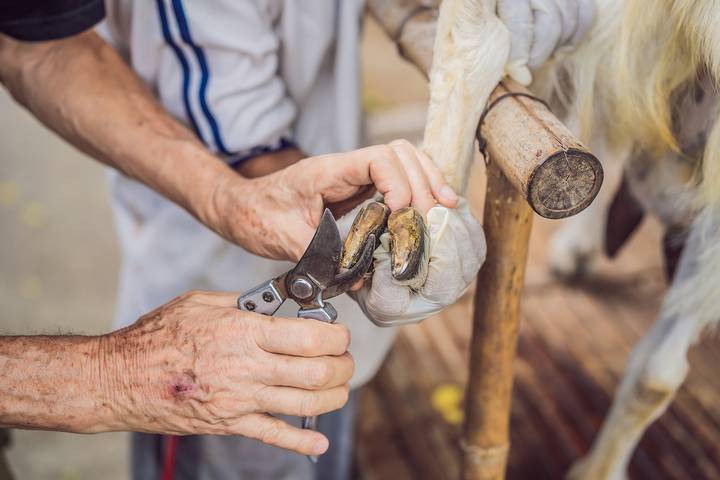
Cattle should have their feet trimmed and checked for cracks or other health issues every six months. A professional should also do hoof trimming to avoid the risk of an injury to the cattle or yourself. Some cattle are prone to hoof problems, so ensuring this is done regularly is key.
11. Check for Cattle Health Issues Daily
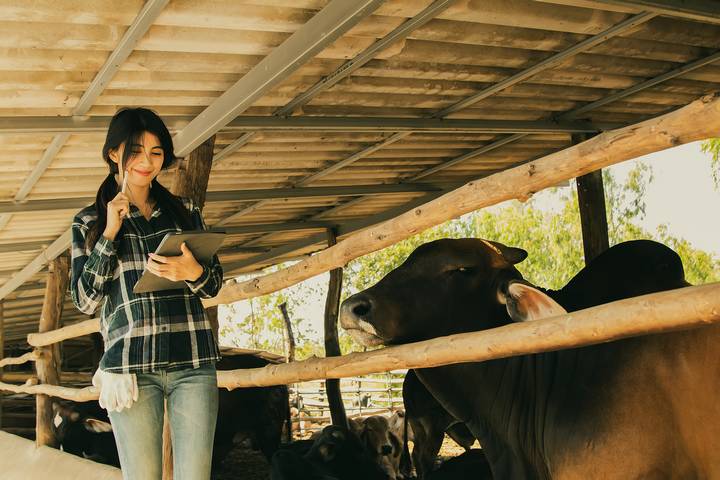
As you are around your cattle, look for daily physical or behavioural changes. Common symptoms of a healthcare issue in cows include listlessness, pale colouring, limping, loss of appetite, teeth grinding, coughing, or abnormal temperature. If you notice any of these signs, contact your veterinarian immediately.
12. Ensure Health Issues Are Promptly Treated
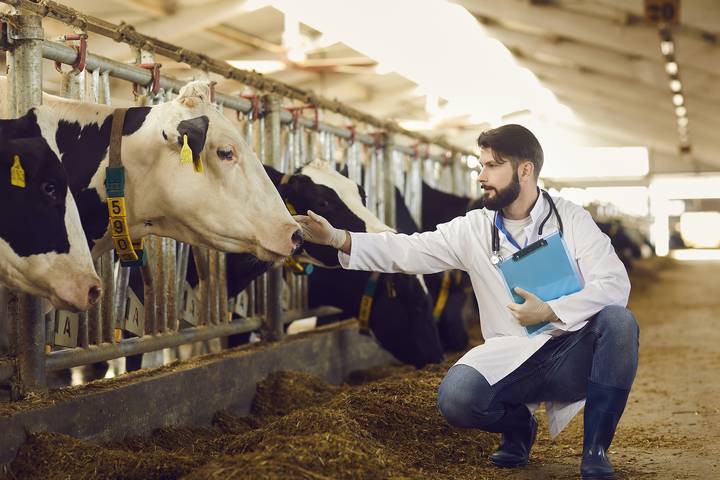
Cattle are prone to several contagious diseases. Bloat, mastitis, parasites, foot rot, respiratory problems, Johne’s Disease, and eye infections are all conditions that should be treated promptly by a professional as soon as they are caught. In some cases, illness can spread. There may also be an underlying cause relating to where your cows are being sheltered, where they’re being fed, or something in the field that needs addressing.


